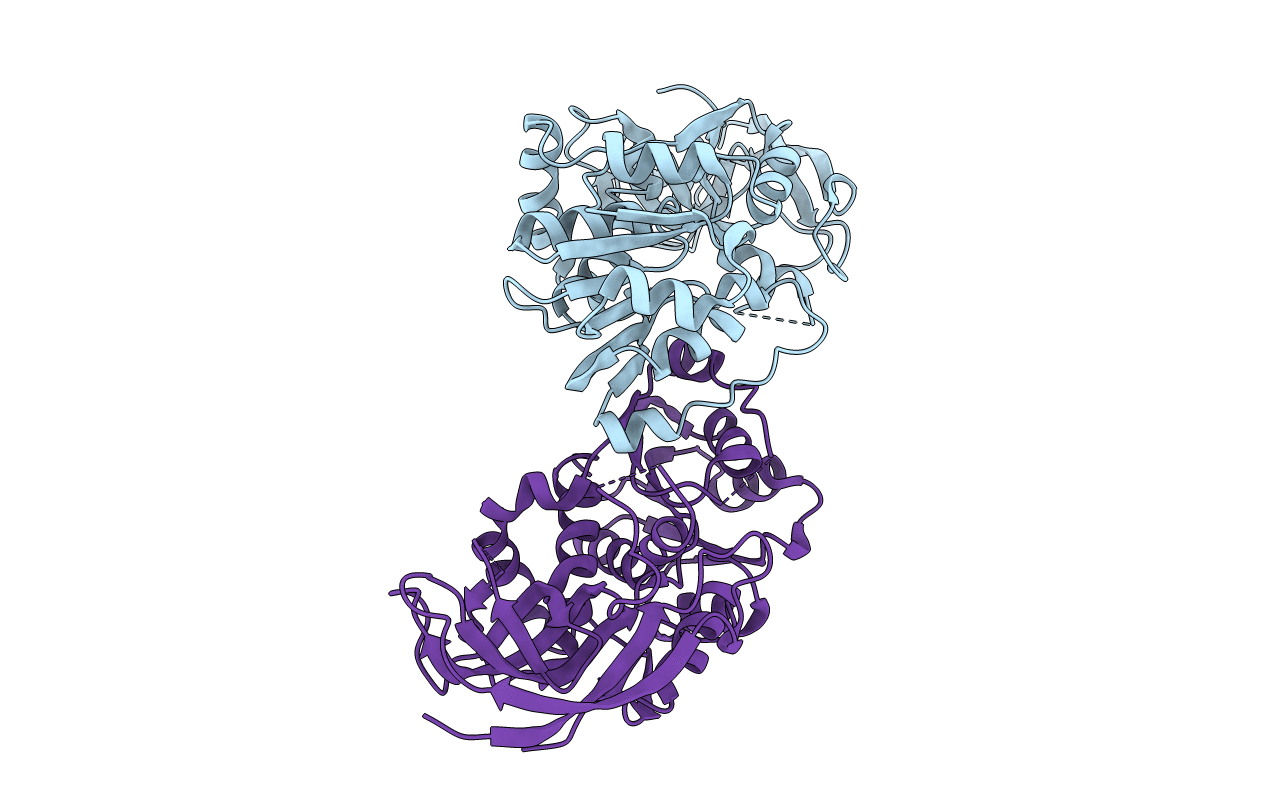
Deposition Date
2012-10-05
Release Date
2013-01-30
Last Version Date
2023-09-20
Entry Detail
PDB ID:
4HFJ
Keywords:
Title:
X-ray Crystal Structure of a Double Bond Reductase from Nicotiana tabacum
Biological Source:
Source Organism:
Nicotiana tabacum (Taxon ID: 4097)
Host Organism:
Method Details:
Experimental Method:
Resolution:
2.00 Å
R-Value Free:
0.22
R-Value Work:
0.18
R-Value Observed:
0.18
Space Group:
C 1 2 1


